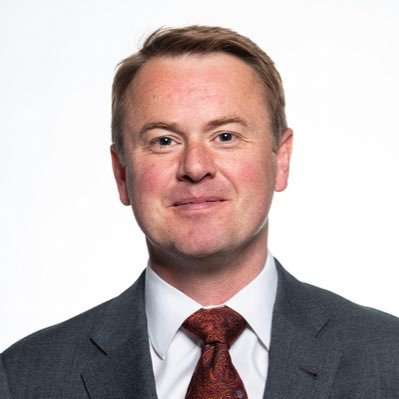
On Friday afternoon, April 24, the Government of Alberta announced an investment in rural health care. This announcement came after a tumultuous time in Alberta’s health care.
Earlier this year, the government indicated it would not extend its agreement with doctors that was set to end March 30. Instead, it introduced a new funding framework that was to come into effect on April 1. On March 17, the government announced it would not go ahead with changes to physician payments for the time based complex modifiers, and on Friday, Minister of Health, Tyler Shandro reinforced this decision.
The government also announced the $60,000 cap and flat fee on the Rural and Remote Northern Program would be abolished. It upped on-call rates for rural doctors and froze the Medical Liability rates for rural physicians at a $1,000 deductible per year.
“Over the last several weeks, discussions with rural caucus and rural physicians have made it clear there are unique challenges to recruiting and retaining physicians in communities outside of Alberta’s major cities. These changes recognize that difference and will significantly improve access to health care for patients in rural communities,” said Shandro.
The government also said it was spending $81 million this year to address rural physician recruitment and retention. It also noted $6 million will be used to pay for the schooling of 20 medical students over the next three years to incentivize young Albertans from rural communities to return to practice in their home communities after completing medical school.
Drumheller family doctor, Rithesh Ram, welcomes the changes.
“This is a great step forward and definitely helps promote rural health. It is a fantastic start,” he said, “and it happened because the Minister went to the grassroots MLAs and community rural physicians to review their concerns.”
He adds, had they continued to wait on the AMA, they may not have gotten to this point and in this timely manner because the AMA prefers a more uniform or flat agreement amongst all the specialities.
“But rural health is significantly different and deserves to stand separately from the rest.”
He says removing the $60,000 cap is very important.
“The way the variable fee works relies on an additional fee you get every time you bill. You can’t bill unless you are actually seeing patients. Whereas with a lump sum, you basically got topped up whether you worked full-time or not; in a fee for service structure you should be incentivised to work more and see more patients.”
He is also supportive of the work being done to recruit and retain rural physicians. This package includes direct financial incentives to physicians to live and practice in underserved communities, investment in the Rural Health Professions Action Plan, Rural Medical Education Programs, Physicians Locum Service Program, and the Rural On-Call Program.
“The University of Calgary programs, DLRI and UCLIC specifically, are significant and need to be promoted and funded as they directly impact and improve the number of physicians going to rural communities,” he said.
Dr. Ram noted again that while this is a great start, there is still a lot of work to be done with regards to a new alternative payment structure for rural physicians that does not include capitation. Despite the pandemic, he hopes the Minister will continue to work with his rural MLAs and their community family physicians in this regard.
Dr. Ram credits local MLA Nate Horner for continuing to advocate for rural health. “MLA Horner has been a strong voice for rural communities,” said Ram. “We wouldn’t have gotten this far without him.”

